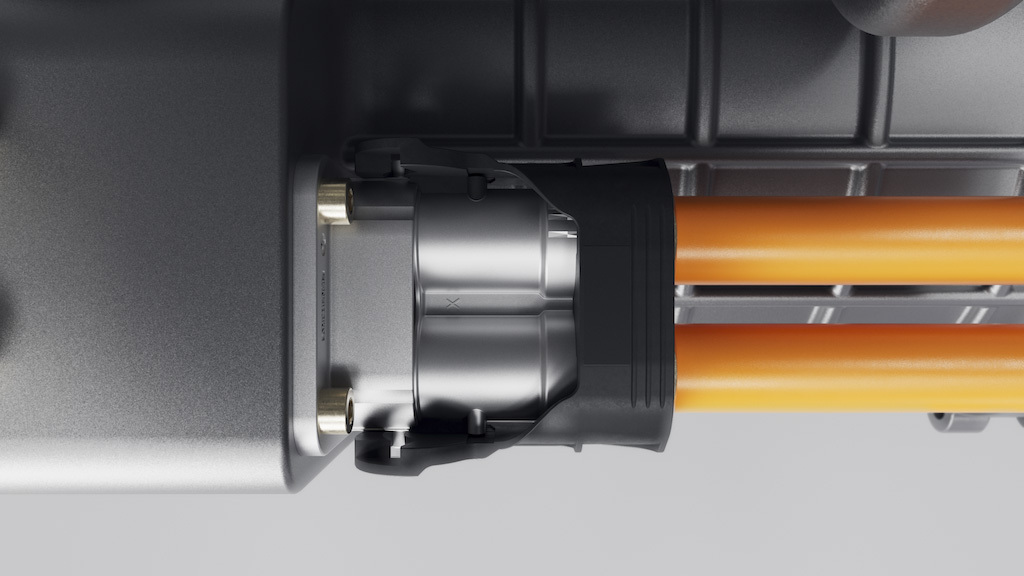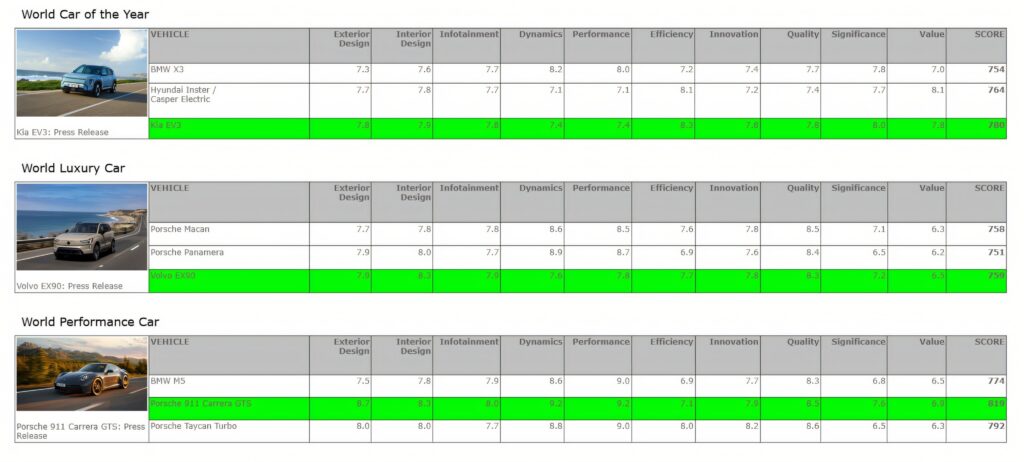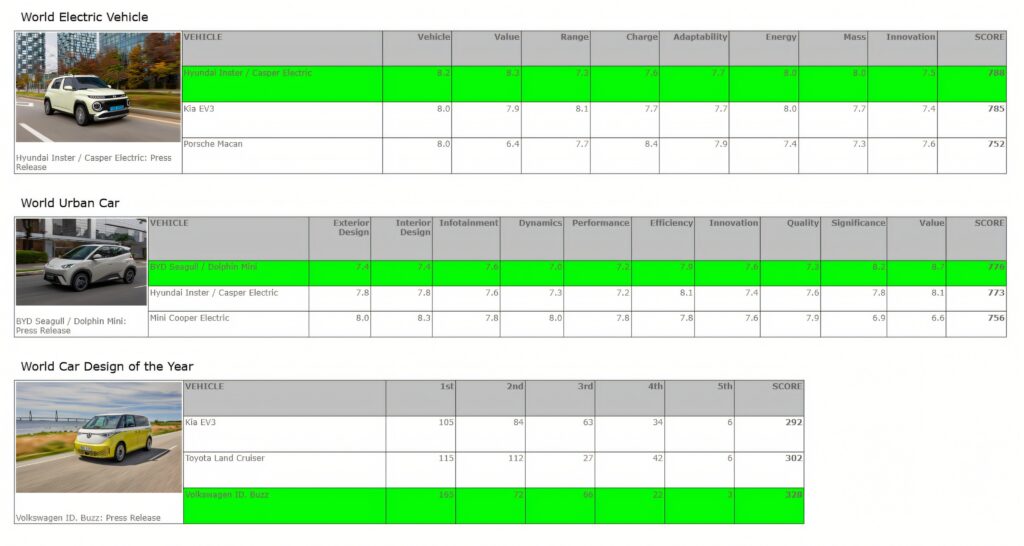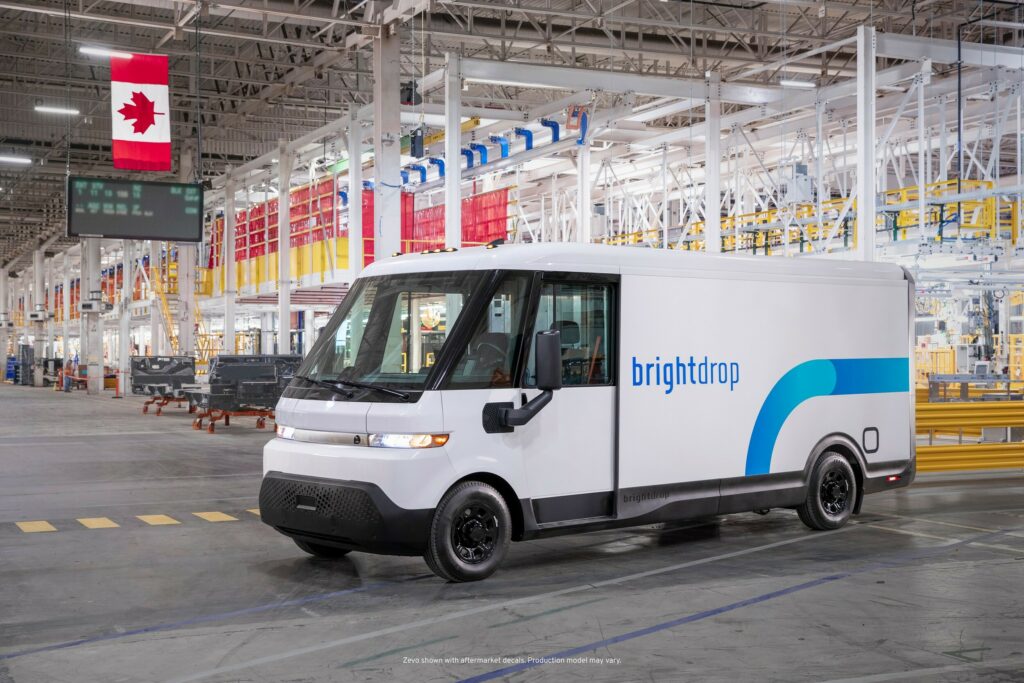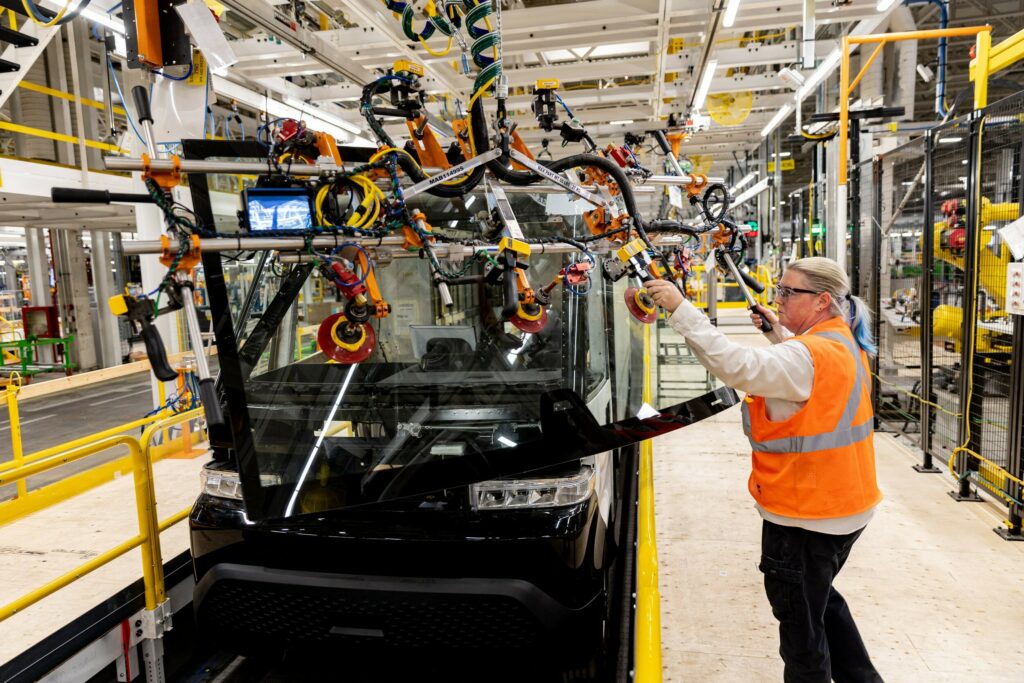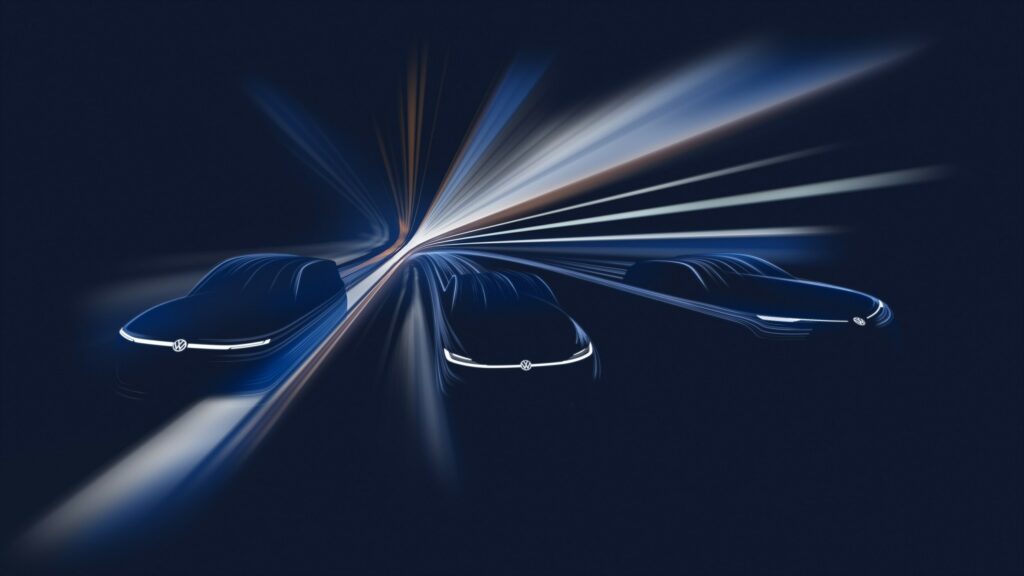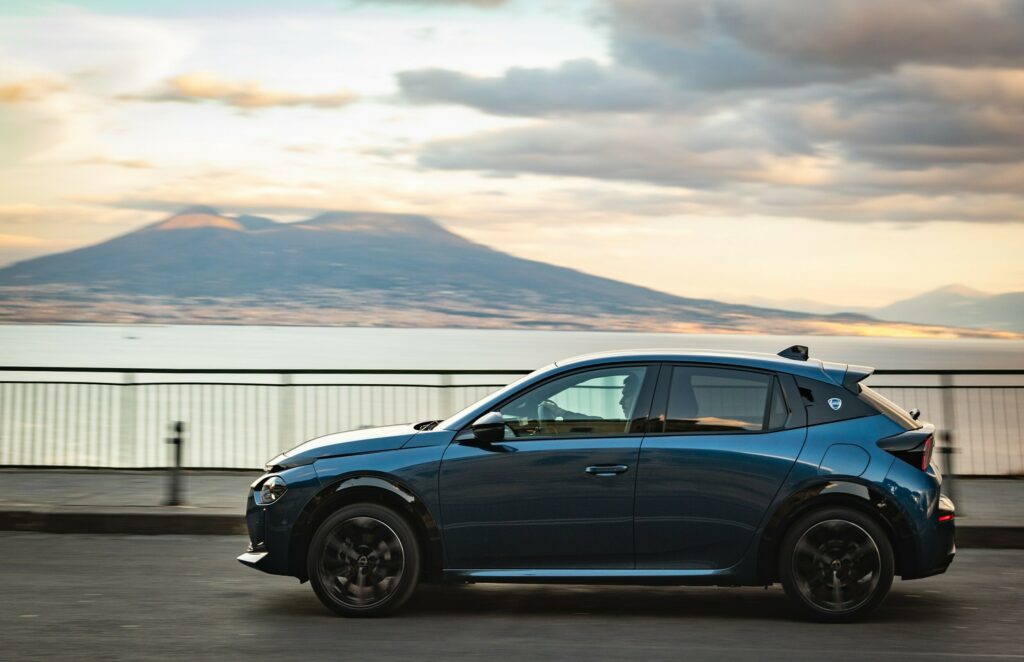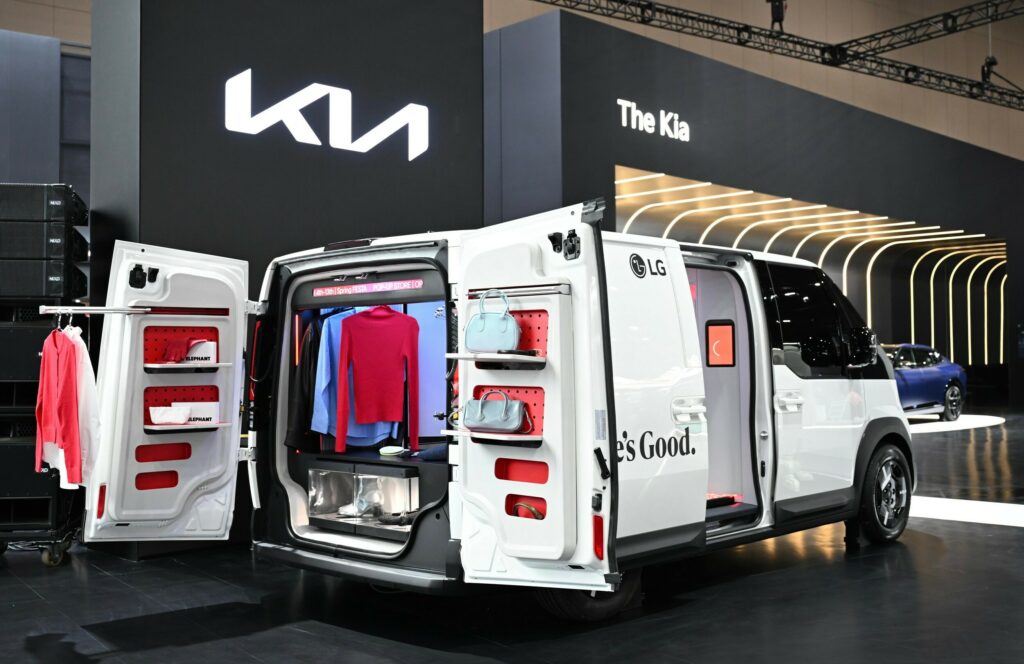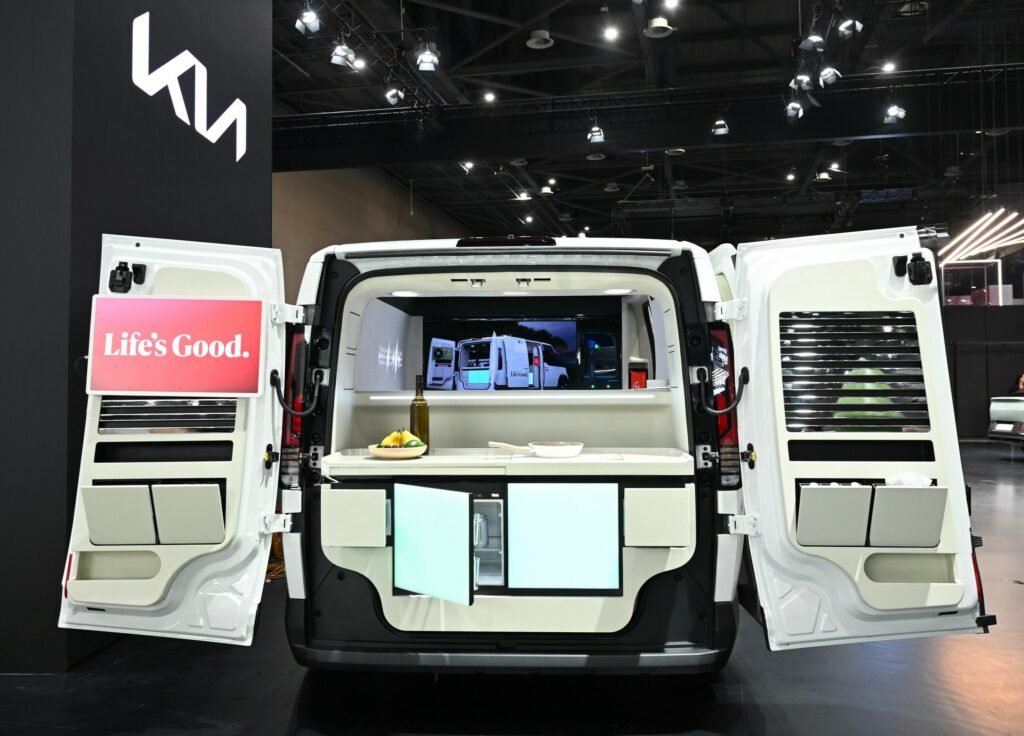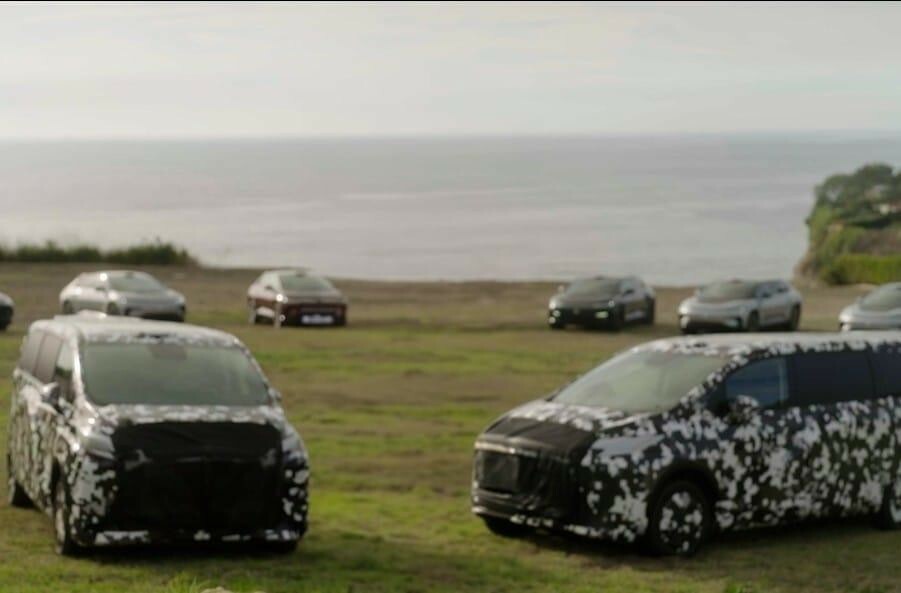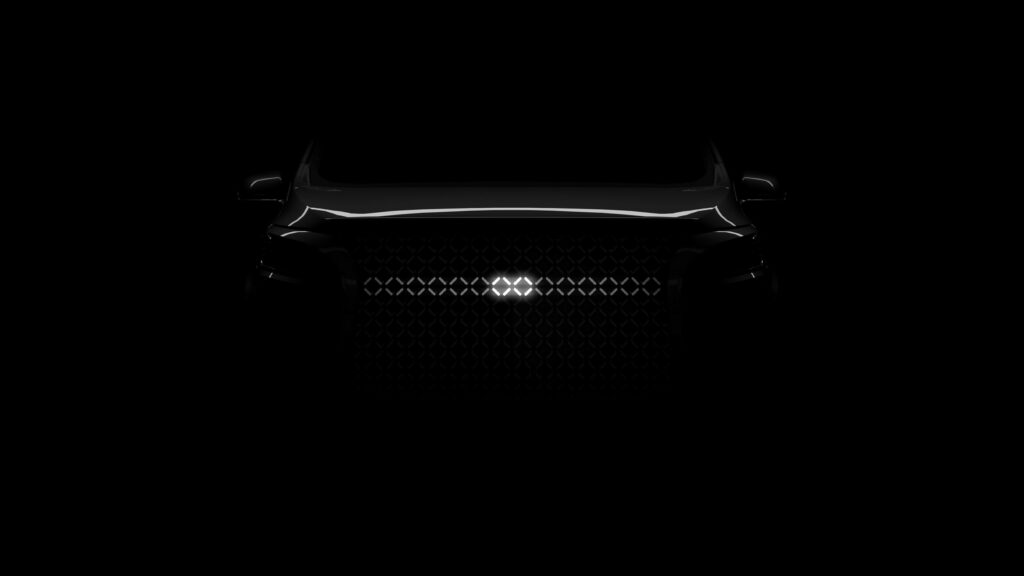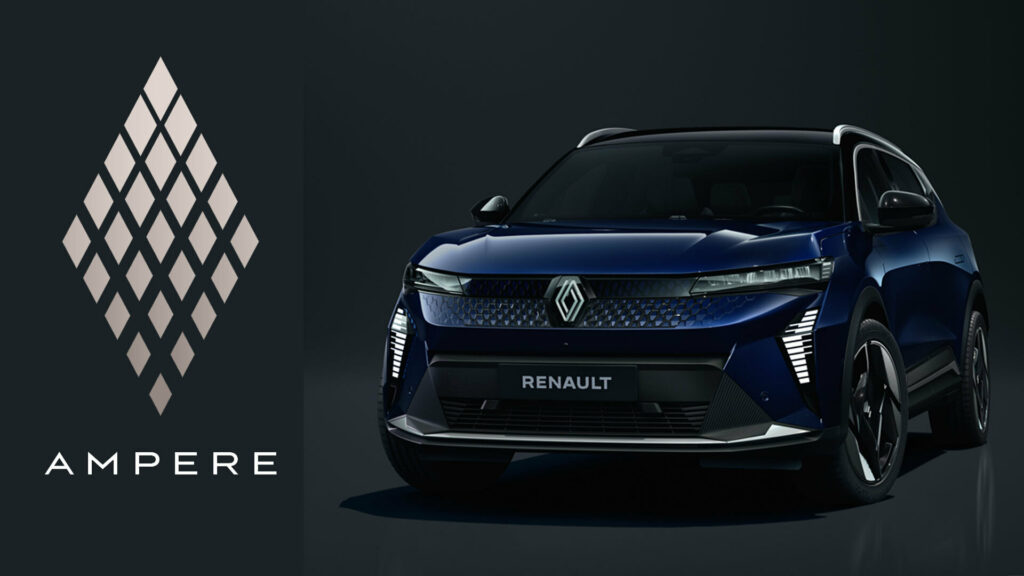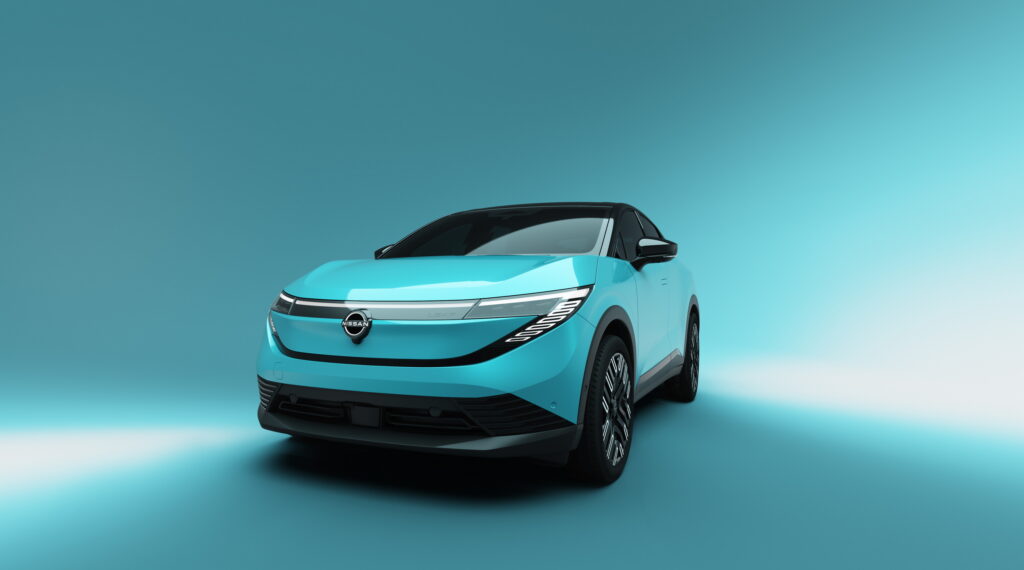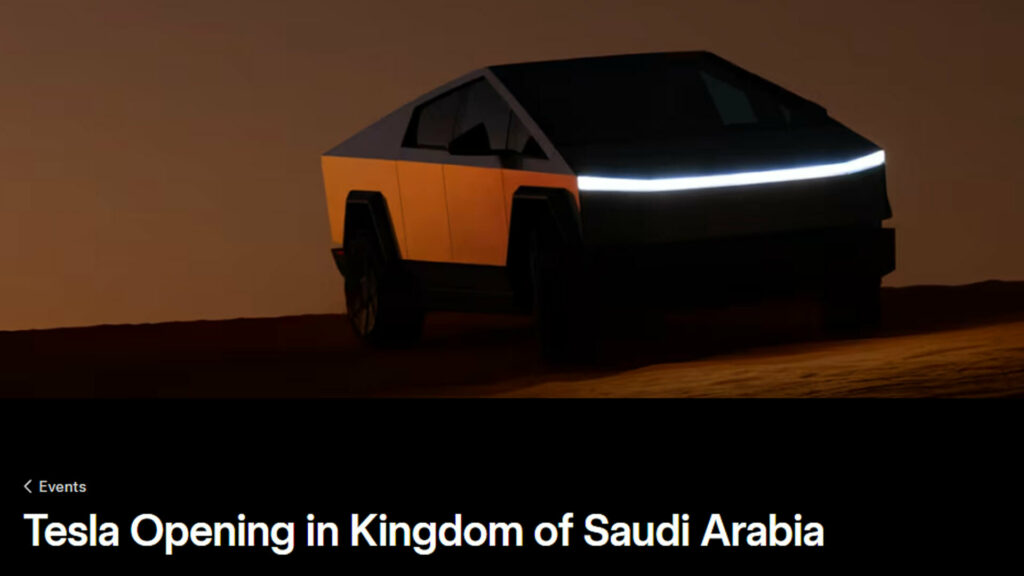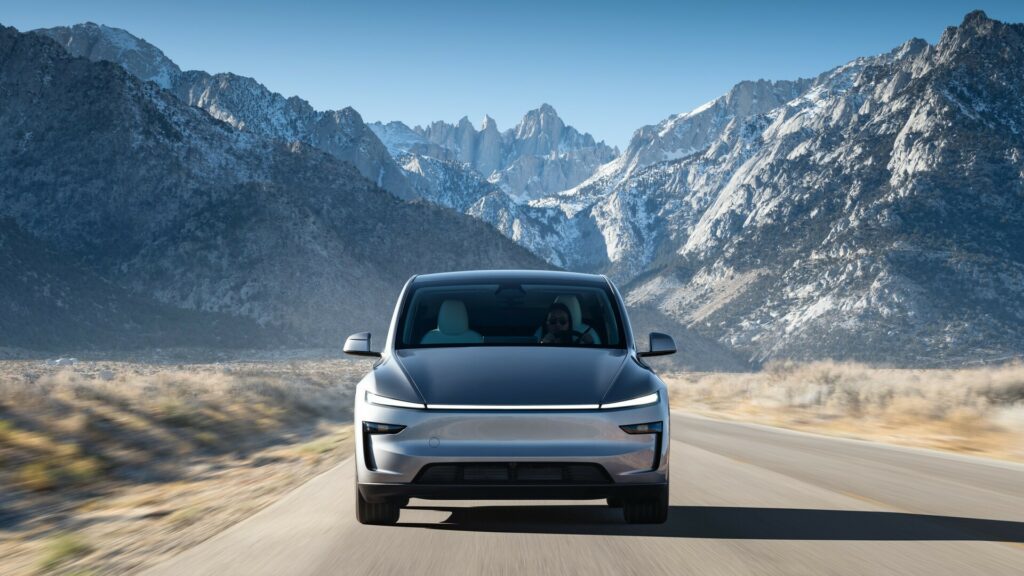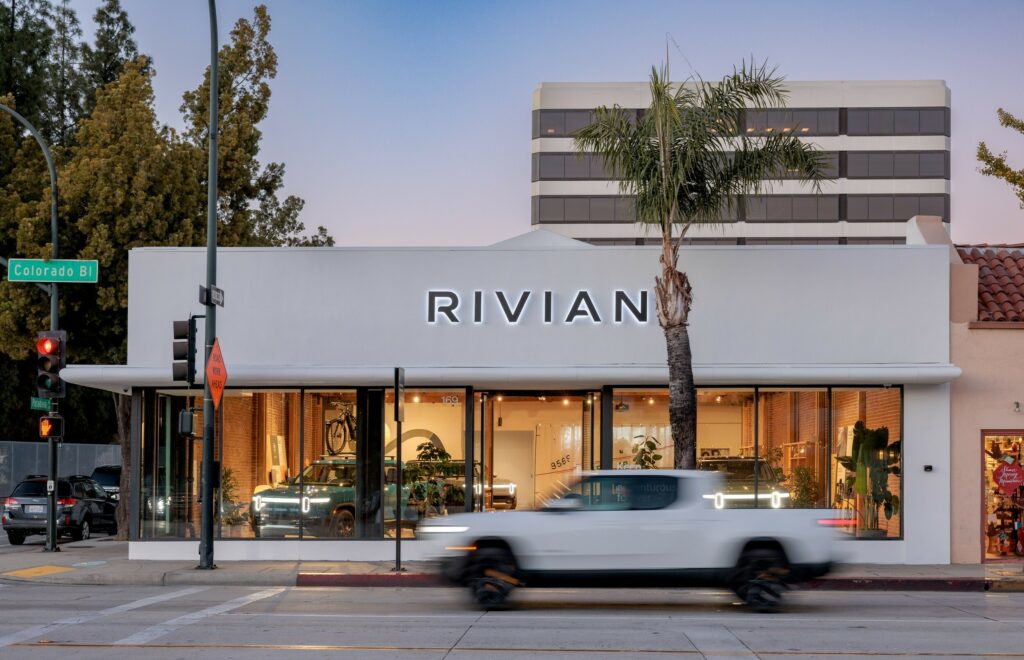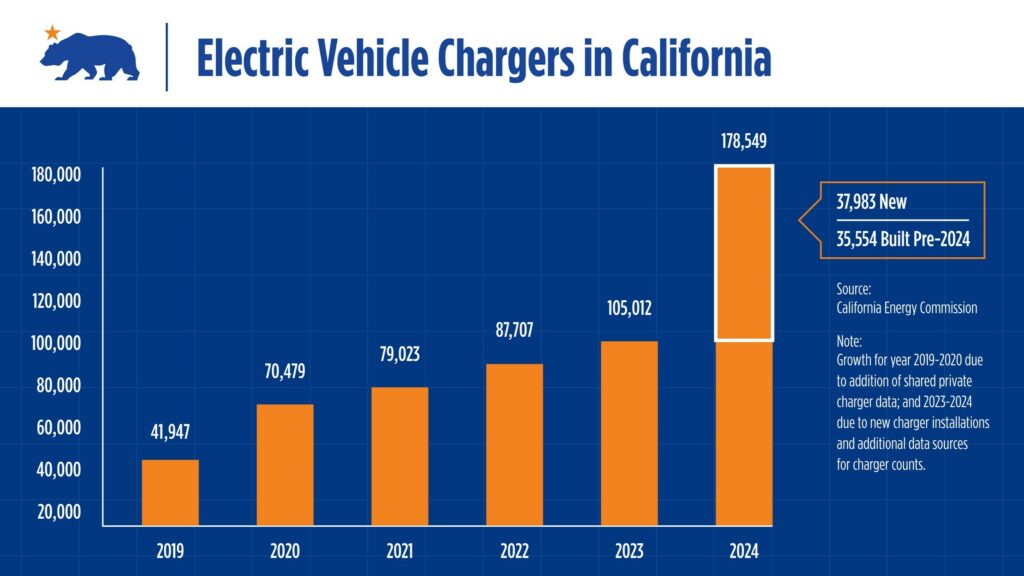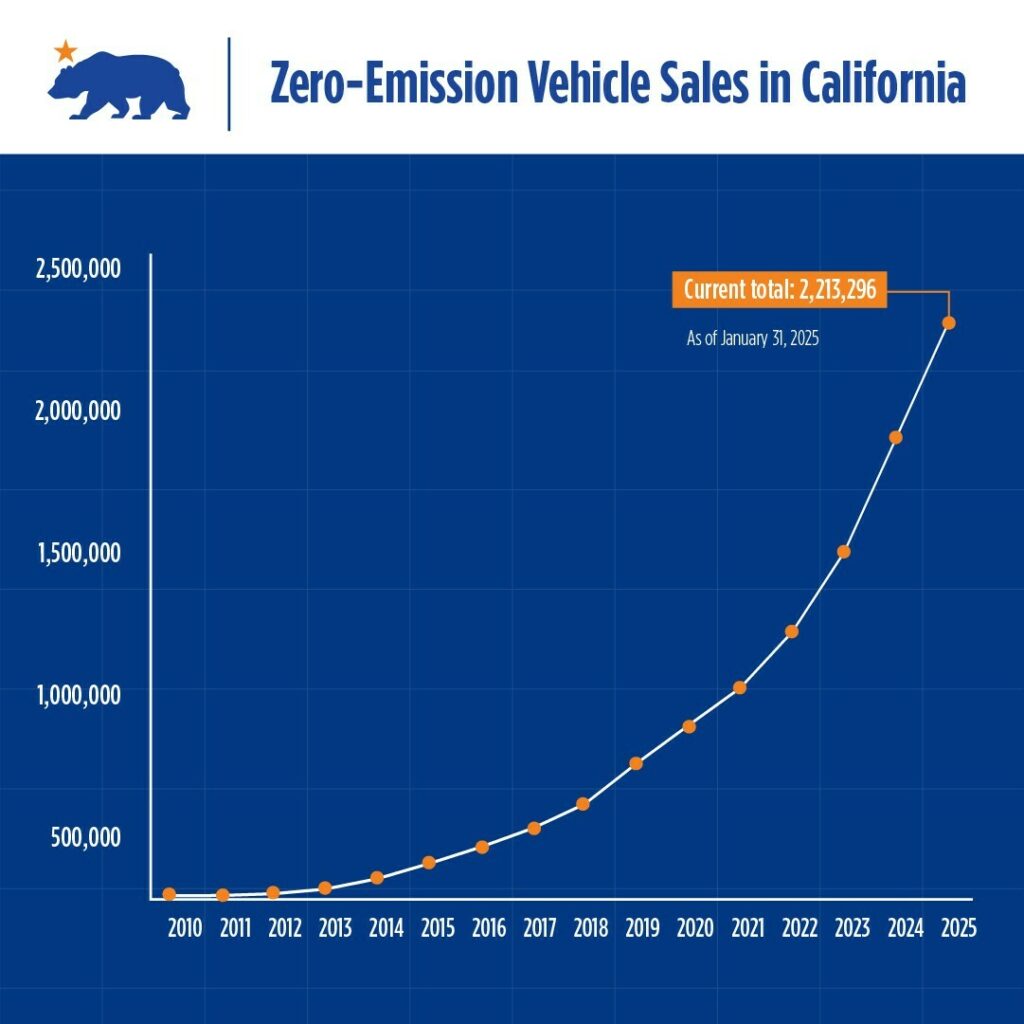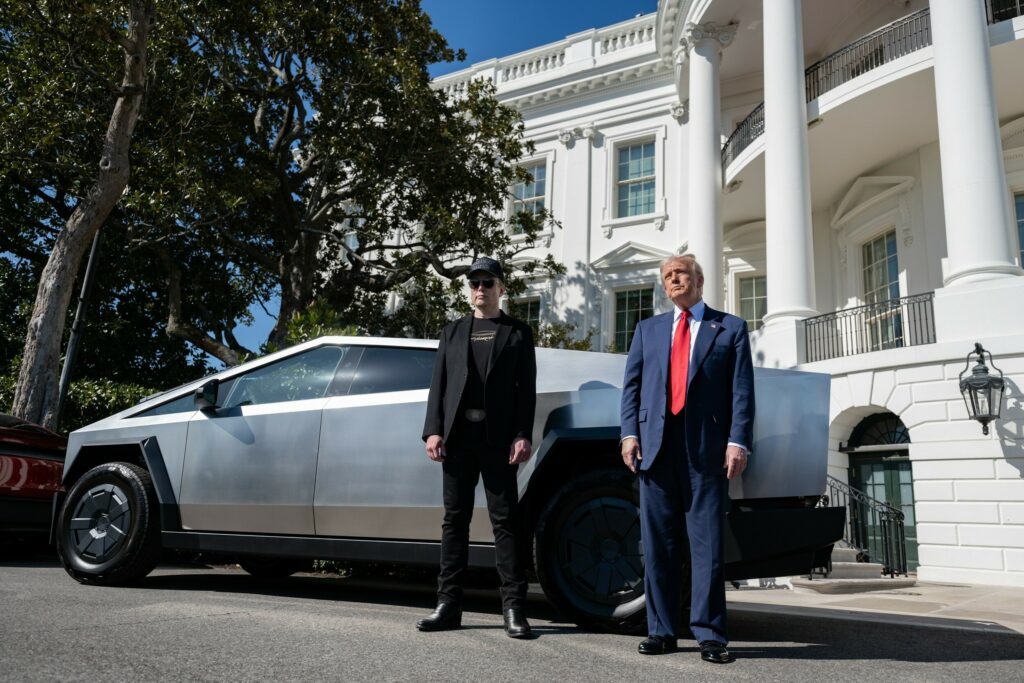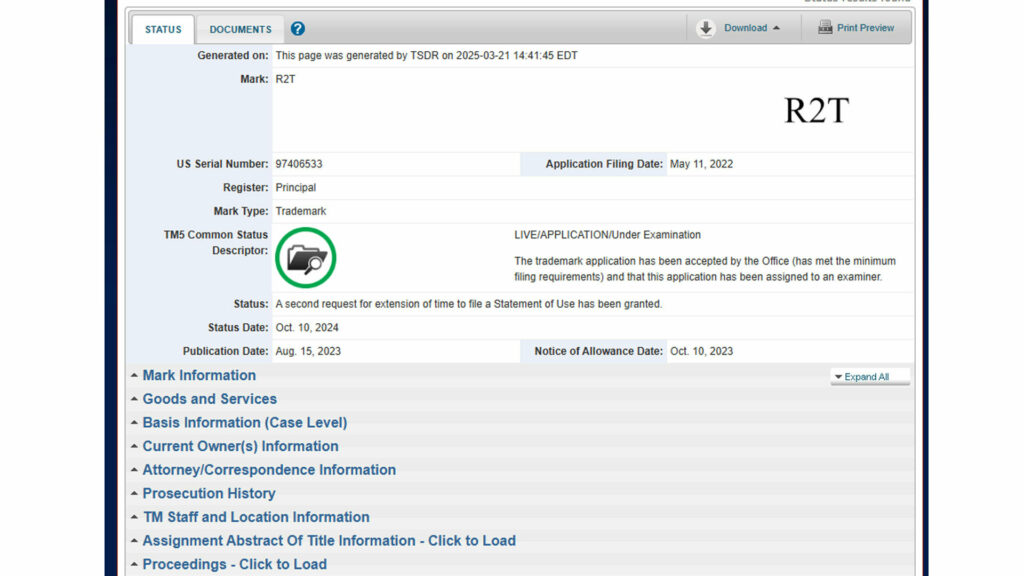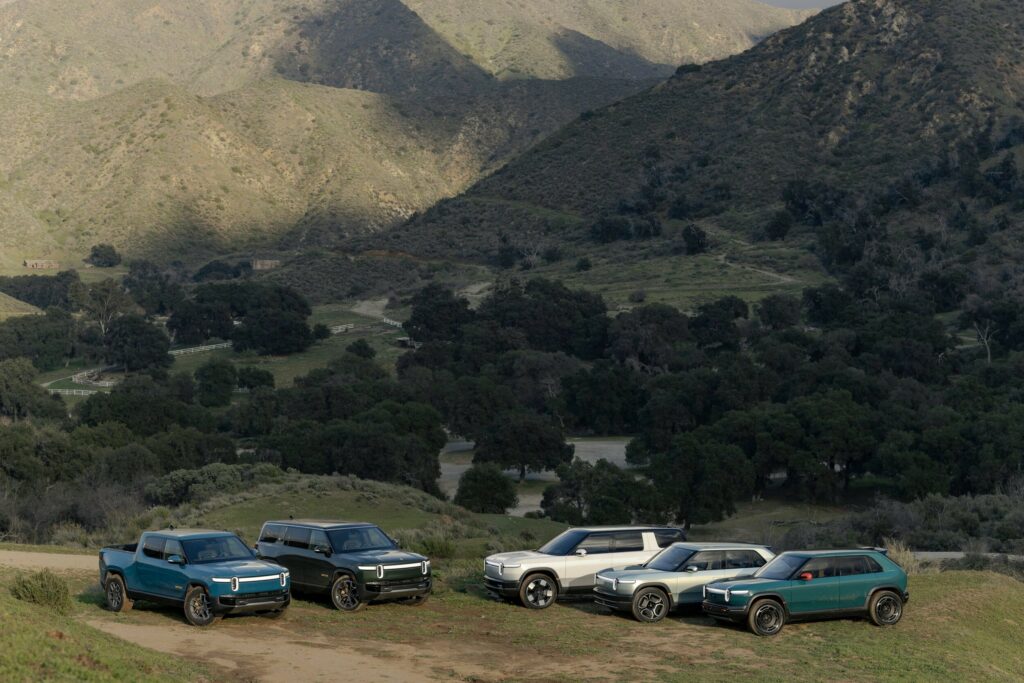This Tiny Engine Turns EVs Into Gas Hybrids
- Horse has unveiled a new powertrain that can turn EVs into ICE vehicles.
- It combines an engine, electric motor, and transmission into a compact unit.
- That unit is designed to replace a front-mounted motor on existing EVs.
Horse Powertrain isn’t exactly a household name, but that might be about to change. Backed by Renault, Geely, and Aramco, the company is positioning itself as a key player in the future of hybrid powertrains, particularly the kind that keep internal combustion alive just a little longer.
Given Aramco’s involvement, it’s no surprise the company is leaning into gasoline and hybrid systems. The Saudi oil giant isn’t exactly in the business of phasing out fossil fuels, so Horse’s strategy fits the narrative.
More: Renault And Geely’s Horse Powertrain Venture Is Keeping ICE Alive
We’re starting to learn more about them as Horse will use the Shanghai Auto Show to unveil a hybrid powertrain concept. It’s designed to keep that oil money flowing by hybridizing electric vehicle platforms with “minimal modifications.”
Sarcasm aside, this could prove useful as a number of automakers misjudged electric vehicle adoption as they were expecting a fast and smooth transition to EVs. That certainly hasn’t happened, forcing companies to axe models and walk back their EV-only plans.
A Hybrid for the EV Age
Getting back to the powertrain, it’s known as the Future Hybrid Concept and it combines an internal combustion engine, an electric motor, and a transmission into a single, compact unit. Horse says it will be able to fit into existing electric vehicle platforms, enabling automakers to “meet changing customer demand.” It also promises to eliminate the need for multiple platforms and production lines.
The company didn’t go into many specifics, but said the powertrain has been designed to replace front-mounted motors on EVs. They went on to say the powertrain bolts directly to the vehicle’s subframe and only requires a few tweaks to make an EV into a hybrid.
The powertrain is designed to work anywhere in the world and is envisioned to support a wide range of fuels. This includes gasoline, E85, M100 methanol, and synthetic fuels.
CEO Matias Giannini said, “For over a decade it looked like battery electric vehicles were the only path to net zero, and OEMs planned accordingly. However, we’re now shifting towards a technology-neutral world, with different markets and applications each pursuing their own sustainable mobility journey.” He added their concept solves this problem and allows “OEMs to offer powertrain diversity with minimal disruption to production process and resource expenditure.”
